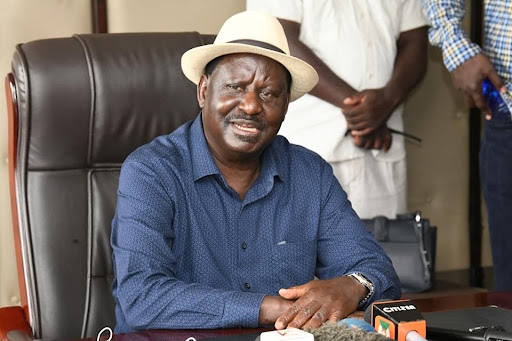Culture and
dignity must always guide how we live and die in our nation. Yet we must also
ask hard questions. How much should be spent on a funeral? And at what cost to
the living?
Recently, Sh20 million was raised for burial costs of former Cabinet Minister Dalmas Otieno. That is a staggering sum. Imagine what else could be done with that money. That amount could support many bright and needy children in his Kangeso village.
It could build a lasting legacy beyond a funeral. It could seed an education fund, or a foundation, or provide a cushion for the bereaved family so they can recover after the loss of their breadwinner.
There is a potent expectation for a ‘befitting sendoff’ in most Kenyan communities. Families feel pressured to host grand ceremonies, slaughter livestock, cater large gatherings, hire hearses and spend heavily on decorations and food. But the cost can spiral. Middle-class funerals today typically consume millions of shillings.
We have also seen worthy models already. Before Prof Wangari Maathai died, she chose simplicity. Her coffin was made from water hyacinth, papyrus and bamboo. She requested cremation. She wanted a state funeral, yes, but without grand waste. The ceremony honoured her life and values.
We must rethink this growing illusion of grand funerals. Culture is not static. We can honour the dead without bankrupting the living. Let us protect customs of respect for ancestors, but let us also defend the living families and our future.












